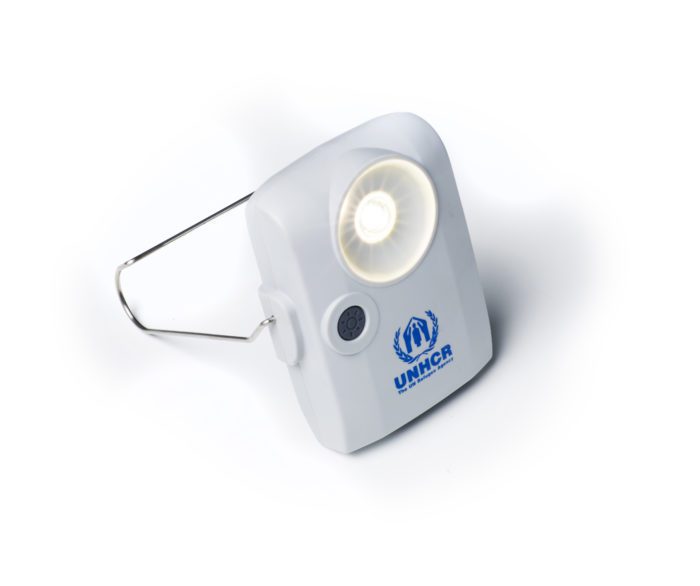The exhibition “Mova-se! Clima e deslocamentos” at the Immigration Museum of the State of São Paulo, Brazil, was co-produced with the United Nations (UN) and developed by the museum and several partners, such as UNHCR and IOM. The exhibition gives the public a general understanding of the link between global climate change and human mobility, highlighting how science, social agents (associations, NGOs, and INGOs), and the arts address these complex phenomena.
The decision to migrate involves a complex interplay of political, economic, demographic, social, and environmental factors. In the case of migration related to climate change, ecological aspects altered by human activity significantly influence the choice to leave one place of residence for another. Through its portrayal of various forms of displacement triggered by disasters, the exhibition aims to educate the public about the increasing frequency and intensity of such events due to climate change.
In such a complex scenario, the chosen approach for the exhibition is to flow with people and organizations mobilizing and addressing current challenges. The three modules that make up the temporary period, “Time to Know,” “Time to Act,” and “Time to Feel,” are arranged based on different types of knowledge and feature installations, videos, virtual reality content, data from observatories and institutions, photos, testimonials, and objects.
The environment has always been a factor in migration, and global movements demonstrate how societies are affected by other species or natural cycles. In addition to presenting the current situation and future perspectives, the exhibition contextualizes the role of the Hospedaria de Imigrantes do Brás – the building that currently houses the museum – in stories about reception due to environmental issues, such as the Great Drought in the 19th century, which forced thousands of people from Ceará to other parts of the country, and the floods in São Paulo in the 1920s.
Through diverse trajectories and stories, the exhibition connects audiences with current awareness strategies, campaigns, and projects from leading institutions tackling the climate crisis and extreme inequality. The exhibition also displays the work of Lalo de Almeida, one of Brazil’s most prominent photojournalists. The 17 works featured in the exhibition, which started in 2012, provide an overview of the environment, its transformations, and the ecological, economic, and social consequences of the relationship between the environment and human beings.
The exhibition features an RHU from Better Shelter to show visitors how some people live in displacement.




